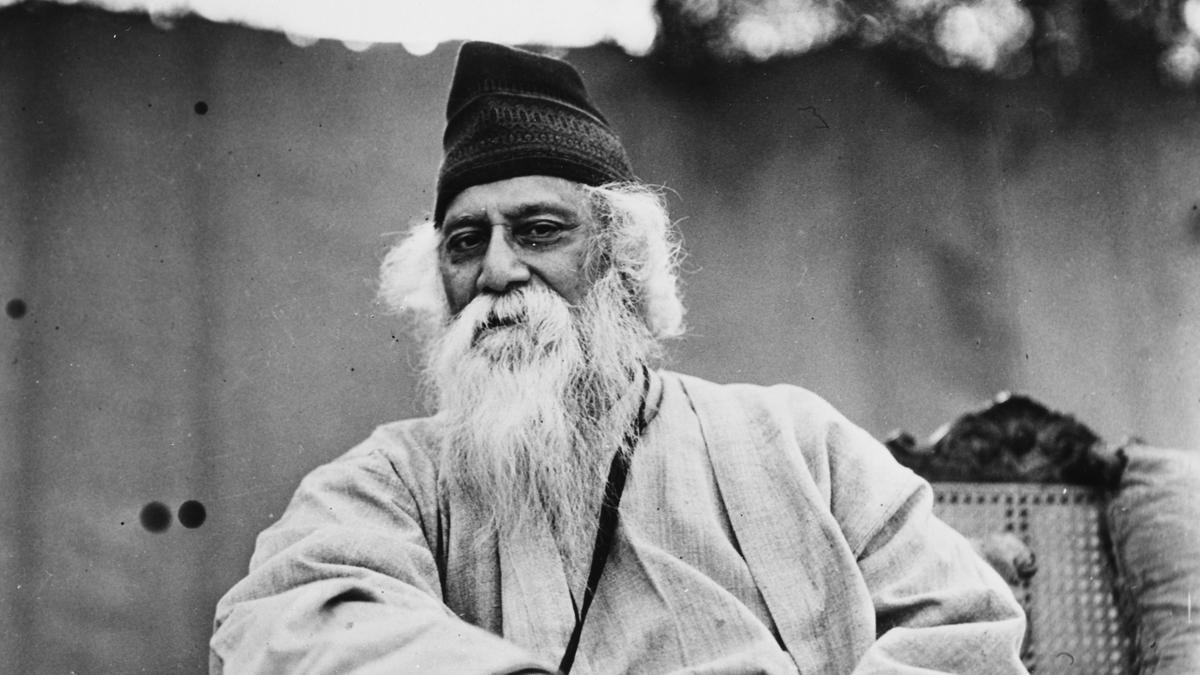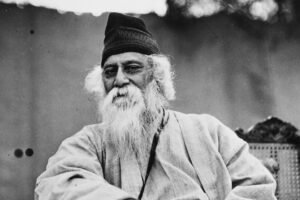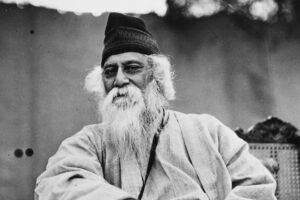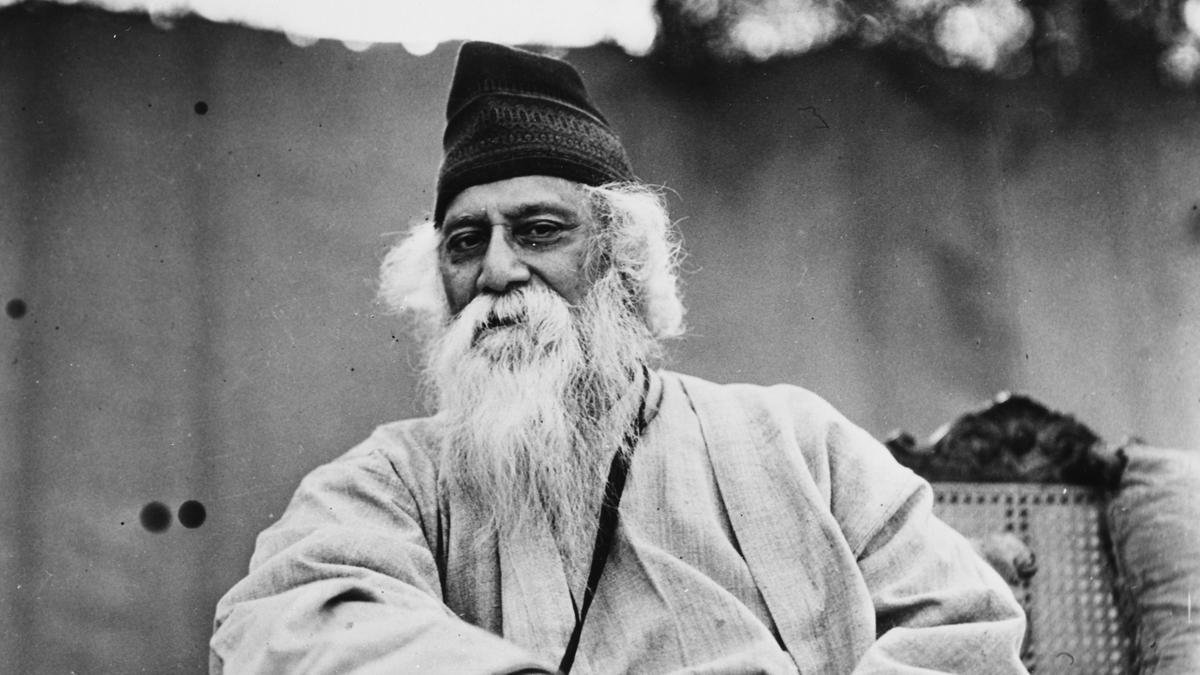Review of Ramachandra Guha’s Speaking with Nature: Under the Banyan Tree

The author profiles 10 people who he credits with laying the foundation of environmentalism in India
Environmentalism isn’t just an idea; it’s also a verb. In his latest book, Speaking With Nature, historian Ramachandra Guha draws portraits of ten people who he credits with laying the foundation of environmentalism in India.
One would expect a list of tribal leaders, hunters-turned-conservationists, (‘repentant butchers’ as the author remarks in one section of the book), those who have spearheaded environmental movements, or professional conservationists and administrators. Guha though presents us with an unexpected selection of people — writer Rabindranath Tagore, sociologist Radhakamal Mukherjee, Hindutva thinker K.M. Munshi, the naturalist M. Krishnan, Gandhi follower Mira Behn, anthropologist Verrier Elwin and more.
Links with social thought
Guha revisits questions raised in his earlier works, critiquing the idea of ‘full-stomach environmentalism’ — the belief that environmental awareness only arises from prosperity, often associated with the West. In this book, he highlights ten thinkers, eight men and two women from across the world, who linked nature to broader social and political issues, particularly in the context of India. These scholars, all of whom wrote extensively about their ideas, form the basis of the book, which draws on a wide range of sources, including letters, talks, and papers. Like Jairam Ramesh’s *A Life in Nature* on Indira Gandhi, Guha’s work emphasizes the importance of written records in understanding environmental thought.
I found the chapter on Mira Behn particularly engaging, as her concerns remain relevant today. She also noted the decline of the Haldu tree, which still lacks the ecological attention it deserves. Additionally, her critique of the forest department’s unthinking approach resonates today. The book not only reflects issues from a century ago but also offers insights into the environmental challenges we face now.
Guha writes of Tagore describing cities as parasites, of anthropologist Elwin describing the Gond understanding of nature as both beautiful and savage, which is increasingly true under climate change.
On Tagore and Mukherjee, Guha recalls their fondness for a tree with “coils”, the banyan tree. Playfully though, Guha calls Krishnan India’s John Muir.
Skilful framing
We still require a much more ecological path to development, not crumbs off the table of industrial growth.
Such as the burgeoning Rights of Nature movement; and on the tree he refers to so many times — a political and environmental history of the banyan.
Speaking With Nature; Ramachandra Guha, Fourth Estate, ₹799.
The reviewer is a conservation biologist and author of Wild and Wilful: Tales of 15 Iconic Indian Species. She tweets at nehaa_sinha











